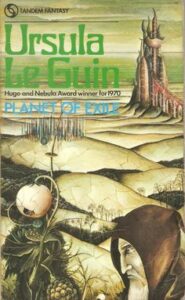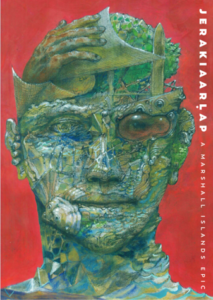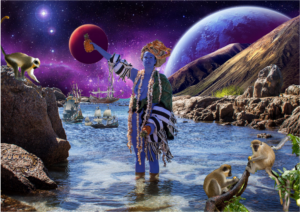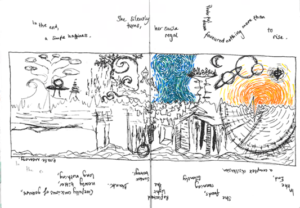An update on where I am with my project & an informal annotated bibliography
Update:
-A few weeks ago I had a meeting with Simon Western, CEO/Founder of The Eco-Leadership Institute, and we had a discussion about my project. He has a podcast, Edgy Ideas, on which he invites various guests to talk about their expertise and ideas about the world. Some relevant episodes I have listened to so far are: Purpose Upgrade with Paul Skinner, Becoming Digital Savvy with Anni Rowland-Campbell, and Lurking Monsters with Nora Bateson. These were very interesting and although his work centers more on coaching and psychoanalytic perspectives, some ideas discussed could come into play in my project. He is interested in a plethora of theory including Latour and Haraway, who I had planned on including or centering my project around. We therefore discussed these ideas briefly and he gave some suggestions for further reading. He suggested: Latour’s We Have Never Been Modern – https://www.google.com/search?client=safari&rls=en&q=latour+modern&ie=UTF-8&oe=UTF-8
He also suggested to look at John Law and actor network theory https://www.wiley.com/en-us/Organising+Modernity%3A+Social+Ordering+and+Social+Theory-p-9780631185130
as well as this paper “a classic the pasteurisation of France- a must read!”: https://www.hup.harvard.edu/books/9780674657618 http://www.bruno-latour.fr/node/215.html
Project:
Cyborgs and Intersectionality in Sci-fi and Speculative Fiction – Narratives of bodies, machines, and nature
– connection / disconnection / re-connection
My research will be an essay looking at contemporary speculative literature and theory surrounding speculative fiction, speculative futures, and technology and the body. It will largely use qualitative analysis and also contain some small sections of my own creative writing. The data will be literature and academic texts. I will undertake a literature review to outline my main texts and their perspectives and potential biases. The aim will be to explore and outline how we can make the world better and counter oppressive systems by envisioning hopeful futures through speculative fiction that contains intersectionality and the blurring of boundaries between nature (the body) and technology. The main research question will be something akin to, how do intersectional cyborgs in speculative fiction create hopeful futures?
It will expand on the ideas in Donna Haraway’s ‘A Cyborg Manifesto’ and accompanying texts, including the academic literature which responded and followed as well as fiction focused on those topics.
I will particularly focus on the chapter ‘A Cyborg Manifesto’ which was originally published in 1985, and its ideas. In ‘A Cyborg Manifesto’ Haraway outlines how the idea (and potentially the reality) of the cyborg – a synthesis of human and technology – has the potential to be a tool of feminist emancipation.








